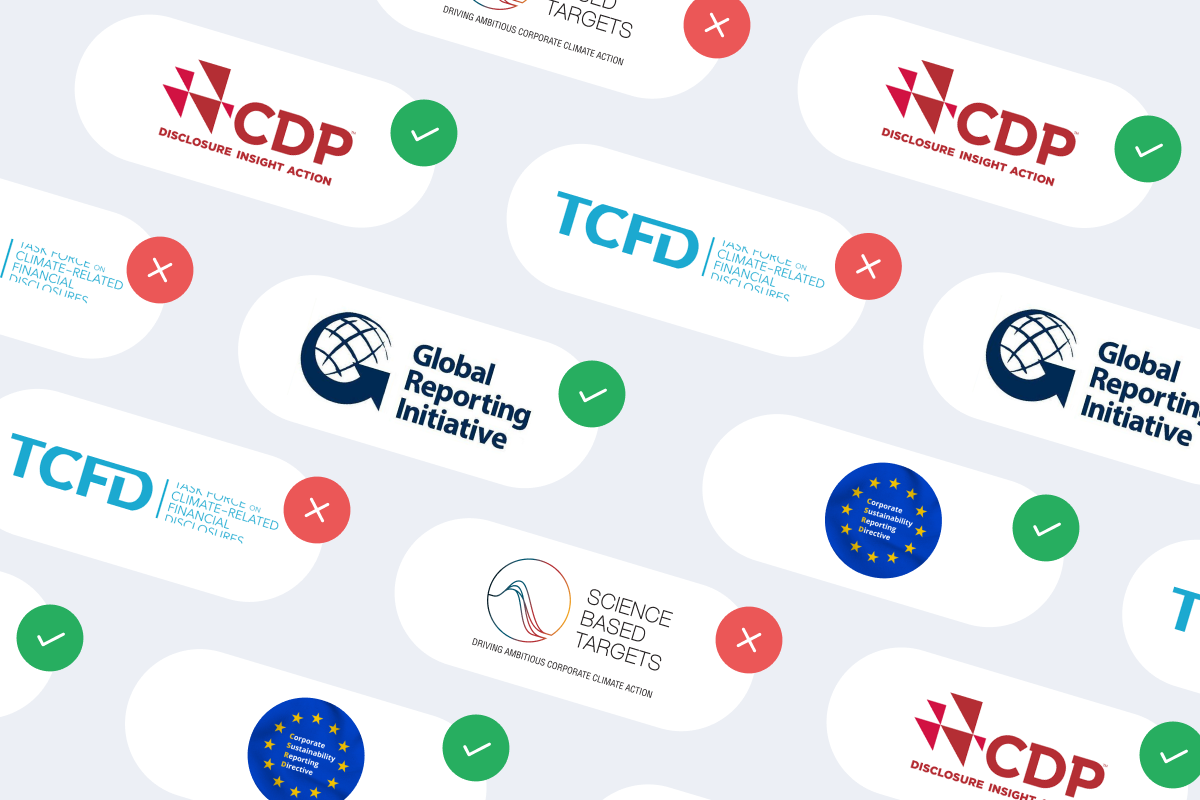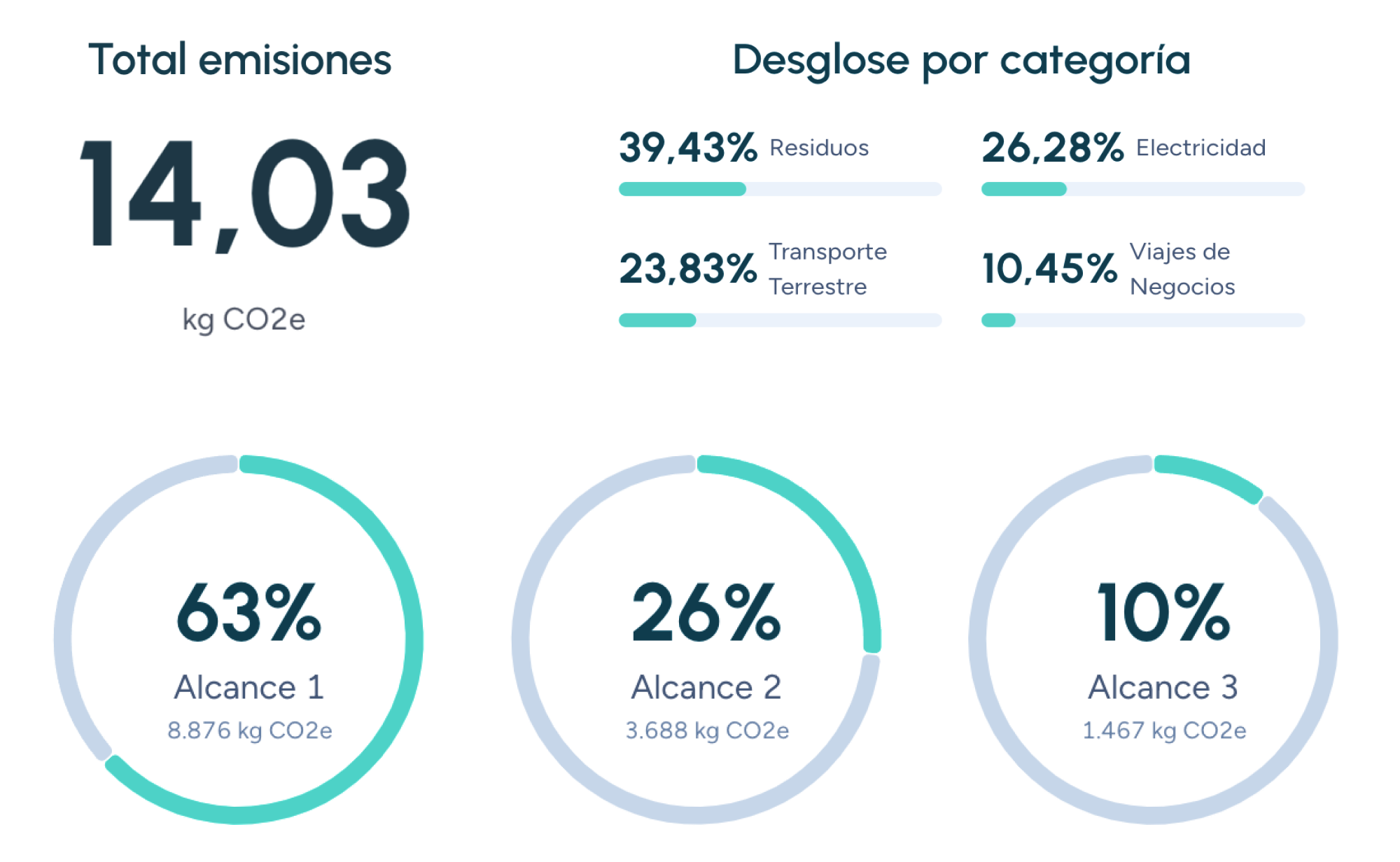G
Greenhouse effect
The greenhouse effect is a natural phenomenon that enables life on Earth as we know it. However, human activities have intensified this effect, leading to accelerated global warming and drastic changes in the climate. Understanding the greenhouse effect is crucial to addressing climate change and taking action to mitigate our impact on the planet.
How does the greenhouse effect work?
Imagine Earth’s atmosphere as a glass greenhouse. Solar energy passes through the atmosphere as visible light, warming the Earth's surface. The Earth, in turn, emits some of this energy as infrared radiation. This is where greenhouse gases (GHGs), naturally present in the atmosphere, come into play.
These gases, such as carbon dioxide (CO₂), methane (CH₄), and nitrous oxide (N₂O), have the ability to absorb and retain some of the infrared radiation emitted by the Earth, preventing it from escaping into outer space. This process of absorbing and re-emitting heat back toward the Earth's surface is known as the greenhouse effect.
Greenhouse gases
The main greenhouse gases are:
- Carbon dioxide (CO₂): Primarily from the burning of fossil fuels (coal, oil, and natural gas), deforestation, and cement production.
- Methane (CH₄): Generated by the decomposition of organic matter in landfills, livestock farming, and fossil fuel production.
- Nitrous oxide (N₂O): Emitted from the use of nitrogen-based fertilizers in agriculture, the burning of fossil fuels, and some industrial processes.
- Fluorinated gases: Used in refrigeration, air conditioning, and industrial processes. Although present in smaller quantities, their global warming potential is much higher than that of CO₂.
The intensification of the greenhouse effect due to climate change
Since the Industrial Revolution, human activities have significantly increased the concentration of greenhouse gases in the atmosphere. The burning of fossil fuels, deforestation, and intensive agriculture are the main contributors to this increase.
This higher concentration of GHGs intensifies the natural greenhouse effect, leading to a rise in global temperature. This global warming has significant consequences on the climate, such as:
- Rising sea levels due to the melting of glaciers and ice sheets.
- More frequent and intense extreme weather events, such as heat waves, droughts, floods, and hurricanes.
- Changes in precipitation patterns, affecting freshwater availability.
- Ocean acidification, harming marine life.
- Loss of biodiversity due to ecosystem disruptions.
The importance of measuring the carbon footprint
To tackle climate change, it is essential to reduce greenhouse gas emissions. The carbon footprint is a tool that allows us to measure the emissions associated with a product, service, organization, or individual. This measurement is the first step in identifying major emission sources and developing effective reduction strategies.
The Greenhouse Gas Protocol (GHG Protocol) provides an international standard for accounting and reporting GHG emissions. This protocol establishes three scopes for measuring the carbon footprint:
- Scope 1 emissions: Direct emissions from sources owned or controlled by the company, such as burning fossil fuels in its facilities.
- Scope 2 emissions: Indirect emissions from the generation of electricity, heat, or steam consumed by the company.
- Scope 3 emissions: Other indirect emissions throughout the product or service life cycle, including raw material acquisition, transportation, product use by customers, and waste management.
Companies that trust us

Blue Water Footprint
The blue water footprint represents the volume of surface and groundwater withdrawn from rivers, lakes, reservoirs, and aquifers to produce goods and services.
Blue Water Scarcity
Blue water scarcity is an indicator that compares the consumption of surface and groundwater resources (blue water footprint) with the availability of renewable freshwater within a river basin over a specific period.
Blue carbon
Blue carbon refers to the carbon stored in coastal and marine ecosystems, such as mangroves, seagrass meadows, and salt marshes.
Guiding businesses towards net-zero emissions through AI-driven solutions.
© 2025 Manglai. All rights reserved
Política de Privacidad


